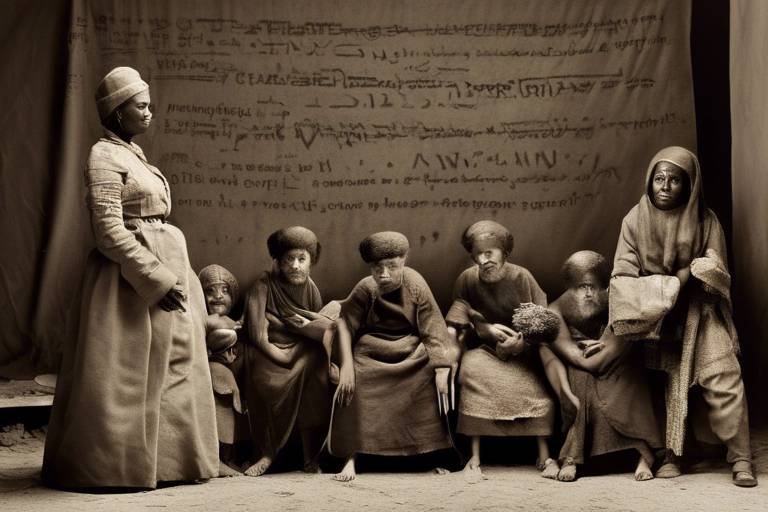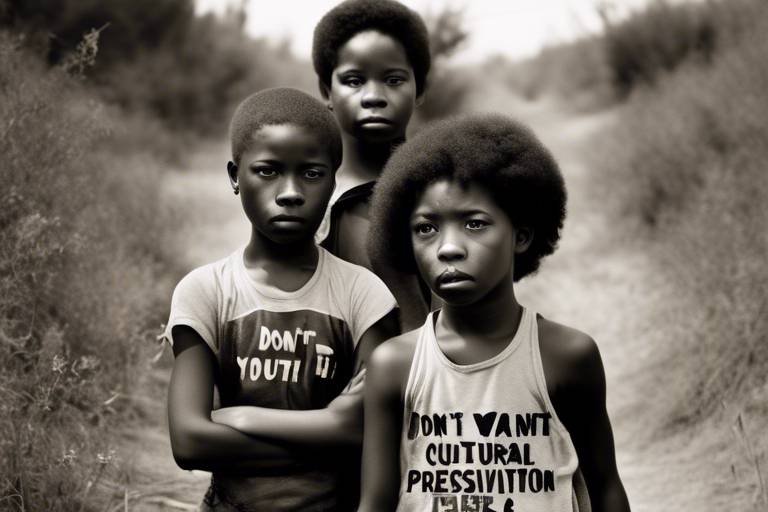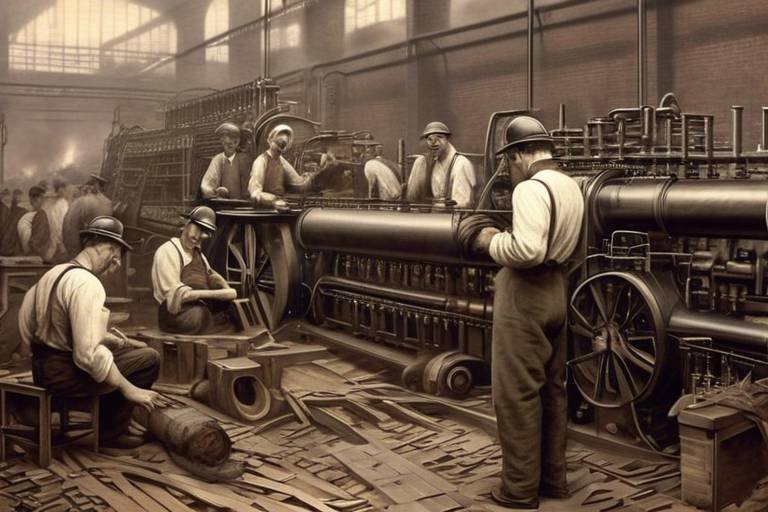The Importance of Cultural Heritage in Urban Development
Urban development is a dynamic process that shapes the identity and essence of a city. One crucial aspect of this development is the preservation of cultural heritage, which plays a pivotal role in enhancing the vibrancy and uniqueness of urban areas. Cultural heritage encompasses the traditions, customs, beliefs, and artifacts that have been passed down through generations, reflecting the history and identity of a community.
When we delve into the importance of cultural heritage in urban development, we uncover a myriad of benefits that extend beyond mere preservation. By safeguarding historical sites and landmarks, cities can retain their authenticity and charm, attracting tourists and fostering a sense of pride among residents. These sites serve as living testimonials to the past, connecting us to our roots and enriching our understanding of where we come from.
Furthermore, integrating traditional practices such as art, music, and cuisine into urban planning not only adds a layer of cultural richness but also promotes diversity and social cohesion. Imagine strolling through a bustling city street lined with vibrant murals, the aroma of exotic spices wafting from local eateries, and the melodic tunes of traditional instruments filling the air – all contributing to a tapestry of cultural experiences.
Revitalizing cultural districts within urban landscapes presents an opportunity to breathe new life into neglected areas, stimulating economic growth, creating employment opportunities, and nurturing creativity. These districts become hubs of artistic expression, where creativity flourishes, and a sense of community thrives.
Public participation and engagement are key components in the preservation of cultural heritage and the planning of urban development projects. Involving the community in decision-making processes fosters a sense of ownership and ensures that development initiatives align with the values and aspirations of the people they serve.
Moreover, sustainability and conservation practices are essential in safeguarding cultural heritage for future generations. By implementing eco-friendly strategies and responsible preservation techniques, cities can ensure that their cultural treasures endure the test of time, remaining intact for posterity to cherish.
Education and awareness programs play a vital role in instilling a sense of appreciation for cultural heritage among residents and visitors alike. Through interactive initiatives and informative campaigns, individuals can gain a deeper understanding of the significance of preserving cultural identity and heritage.
Collaborating with indigenous communities is another crucial aspect of cultural heritage preservation in urban settings. By working hand in hand with indigenous groups, cities can honor their traditions, protect their cultural legacy, and promote cross-cultural exchange, enriching the urban fabric with diverse perspectives and narratives.
Technological innovations have revolutionized the way we document, conserve, and promote cultural heritage in urban development projects. From 3D scanning and virtual reality tours to digital archives and interactive exhibits, technology offers new avenues for showcasing and preserving cultural treasures in innovative and engaging ways.

Preservation of Historical Sites
Preservation of historical sites plays a crucial role in maintaining the cultural identity and historical significance of urban areas. These sites act as a link to the past, offering a glimpse into the history and heritage of a community. By safeguarding historical landmarks and buildings, cities can preserve their unique character and charm, attracting tourists and locals alike. The preservation of these sites not only honors the legacy of the past but also contributes to the economic growth of the city by boosting tourism and creating opportunities for cultural exchange.

Integration of Traditional Practices
When it comes to urban development, the integration of traditional practices plays a crucial role in preserving the cultural heritage of a community. By incorporating traditional art, music, and cuisine into urban planning, cities can celebrate their unique cultural identity while promoting diversity and social cohesion.
Imagine walking down the streets of a city where the echoes of traditional music fill the air, the aroma of authentic cuisine tantalizes your senses, and vibrant art adorns every corner. These elements not only enrich the urban landscape but also create a sense of belonging and pride among residents.
Through the integration of traditional practices, urban areas can become living museums, showcasing the rich history and heritage of a community. By preserving and promoting traditional art forms, cities can attract visitors seeking authentic cultural experiences, boosting tourism and supporting local economies.
Moreover, incorporating traditional practices into urban development projects fosters a connection between the past and the present, allowing future generations to appreciate and learn from their cultural roots. This continuity of tradition ensures that the essence of a community's heritage is not lost but rather celebrated and passed down through generations.
Additionally, the integration of traditional practices in urban planning encourages creativity and innovation. By blending modern infrastructure with traditional elements, cities can create unique spaces that inspire and engage both residents and visitors alike.
Overall, the integration of traditional practices in urban development is not just about preserving the past; it is about creating a dynamic and vibrant future that honors and celebrates the cultural richness of a community.
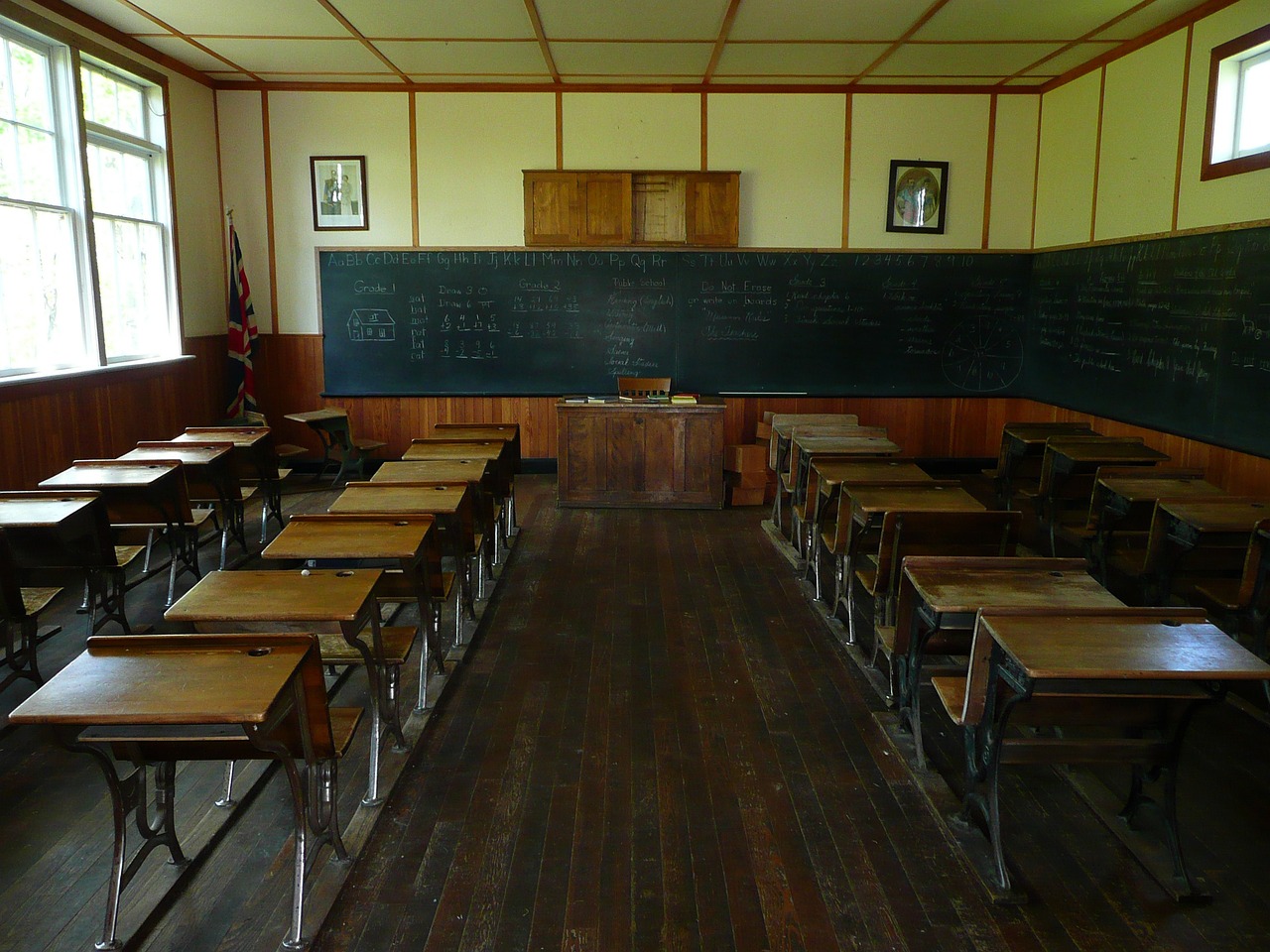
Revitalization of Cultural Districts
Revitalization of Cultural Districts plays a crucial role in enhancing the vibrancy and economic potential of urban areas. By focusing on preserving and promoting the unique cultural identity of a district, revitalization efforts can breathe new life into communities and attract both residents and visitors alike. This process involves a strategic combination of preserving historical landmarks, fostering artistic expression, and creating spaces that celebrate cultural diversity.
One effective strategy in revitalizing cultural districts is to establish mixed-use spaces that blend residential, commercial, and cultural elements. This approach not only creates a dynamic environment but also supports local businesses and artisans, contributing to economic growth. By transforming underutilized areas into cultural hubs, cities can harness the power of creativity to drive innovation and entrepreneurship.
Moreover, public art installations and cultural events can serve as catalysts for revitalization, drawing attention to the district and generating interest from a wider audience. These initiatives not only beautify the urban landscape but also create opportunities for community engagement and interaction, fostering a sense of belonging among residents.
Collaboration with local stakeholders, including artists, cultural organizations, and residents, is essential in the revitalization process. By involving the community in decision-making and planning, projects can better reflect the needs and aspirations of those who call the cultural district home. This participatory approach not only ensures the sustainability of revitalization efforts but also strengthens social connections and cohesion.
Furthermore, integrating green spaces and sustainable design principles into cultural districts can enhance their appeal and contribute to environmental conservation. By prioritizing sustainability in urban planning, cities can create spaces that are not only aesthetically pleasing but also environmentally friendly, promoting a healthier and more livable environment for all.
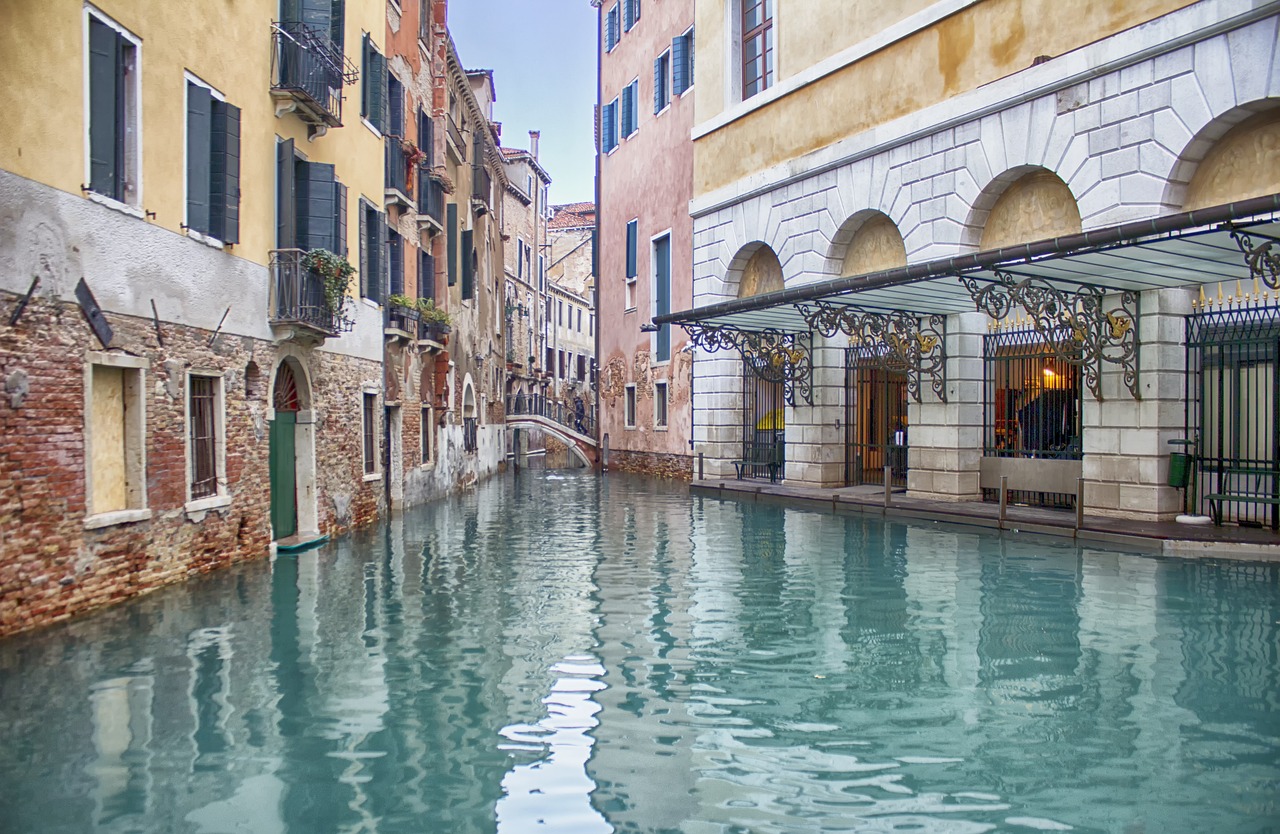
Public Participation and Engagement
Public participation and engagement play a crucial role in the preservation of cultural heritage within urban development initiatives. When communities actively participate in decision-making processes regarding heritage sites and cultural districts, a sense of ownership and responsibility is fostered. This involvement not only ensures that the diverse perspectives and needs of residents are considered but also strengthens social cohesion and community bonds.
Engaging the public in cultural heritage projects can take various forms, such as hosting community workshops, organizing heritage tours, and seeking feedback through public forums. By involving residents in these activities, a deeper connection to their cultural roots is established, leading to a greater appreciation for the heritage that shapes their identities.
Furthermore, public participation can enhance the sustainability of heritage preservation efforts by garnering support from local stakeholders and fostering a sense of shared responsibility for maintaining cultural assets. When individuals feel empowered to contribute to the preservation and promotion of their heritage, the likelihood of long-term success and continuity increases.
Through public engagement, urban development projects can benefit from the collective wisdom and creativity of the community, resulting in more inclusive and culturally sensitive initiatives. By valuing the input of residents and stakeholders, cities can ensure that heritage preservation efforts are not only effective but also reflective of the diverse voices that make up the urban fabric.
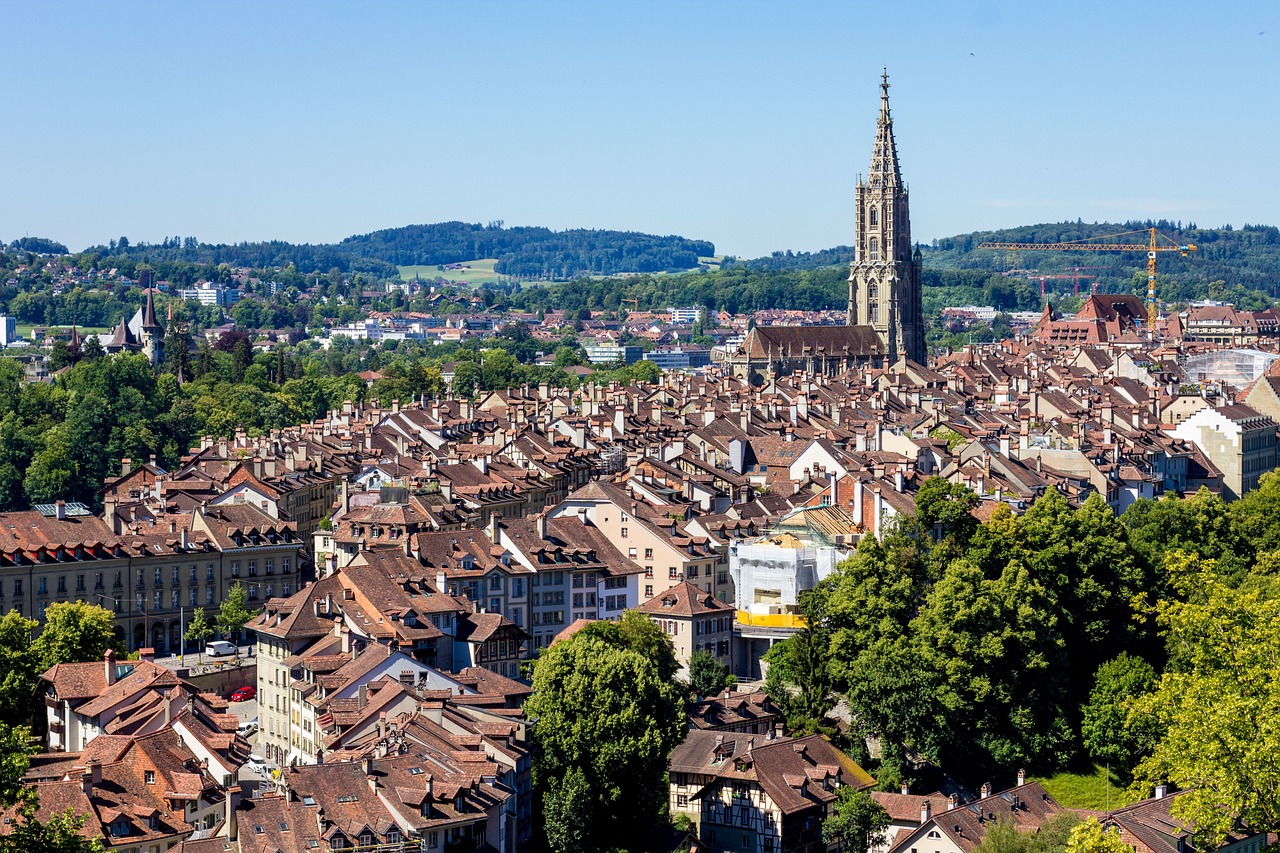
Sustainability and Conservation
When it comes to urban development, the importance of sustainability and conservation in preserving cultural heritage cannot be overstated. Sustainability in this context refers to the responsible management of resources and practices that ensure the long-term viability of cultural sites and traditions. Conservation, on the other hand, focuses on protecting and safeguarding these valuable elements for future generations to enjoy and learn from.
One key aspect of sustainability and conservation is the implementation of eco-friendly practices in the maintenance and restoration of historical sites and cultural landmarks. By using environmentally friendly materials and methods, cities can reduce their carbon footprint and minimize the impact of urban development on the surrounding environment. This approach not only preserves the cultural significance of these sites but also contributes to the overall sustainability of the city.
In addition to eco-friendly practices, conservation efforts also involve educating the public about the importance of cultural heritage and the need to protect it. Awareness campaigns, educational programs, and guided tours can help residents and visitors alike understand the value of these sites and the role they play in shaping the identity of a community. By fostering a sense of ownership and pride in cultural heritage, cities can ensure that these treasures are respected and preserved for years to come.
Furthermore, sustainable conservation practices also extend to the integration of traditional building techniques and materials in urban development projects. By incorporating elements of local craftsmanship and architectural styles, cities can maintain the authenticity and charm of their cultural heritage while promoting sustainable construction practices. This approach not only preserves the historical integrity of the city but also creates a unique sense of place that sets it apart from other urban centers.
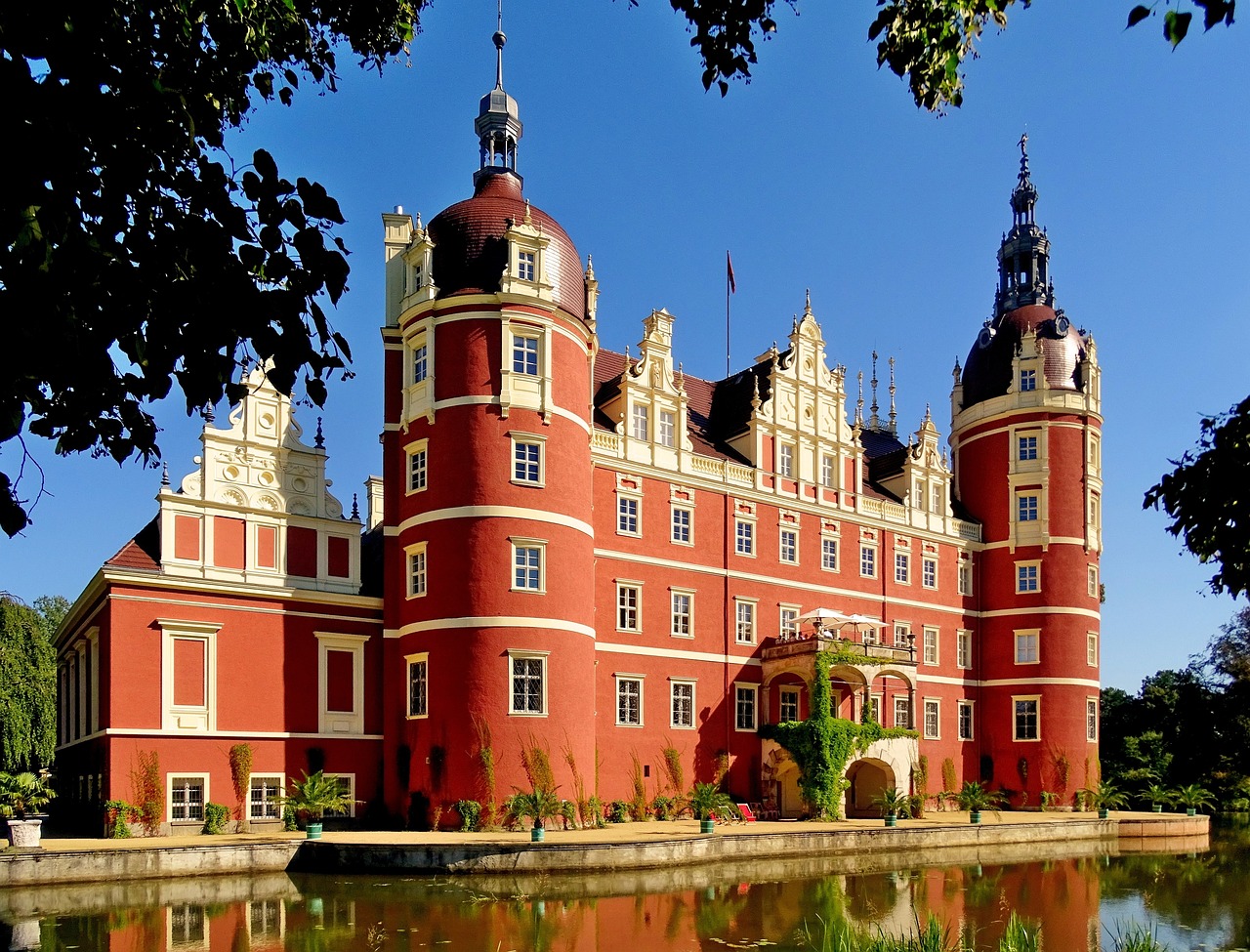
Education and Awareness Programs
Education and awareness programs play a vital role in fostering an appreciation for cultural heritage among residents and visitors alike. By engaging individuals through educational initiatives and awareness campaigns, cities can instill a sense of pride and understanding of their rich cultural history.
These programs serve as a bridge between the past and the present, offering insights into the traditions, customs, and values that have shaped the community. Through interactive workshops, guided tours, and cultural events, participants can immerse themselves in the heritage of the city, creating a deeper connection to their surroundings.
Furthermore, educational programs provide opportunities for individuals to learn about the significance of historical sites and landmarks, encouraging them to become stewards of their cultural legacy. By raising awareness about the importance of preservation, these initiatives empower communities to take an active role in safeguarding their heritage for future generations.
Collaboration with schools, universities, and cultural institutions is key to expanding the reach of these programs and engaging a diverse audience. By integrating cultural heritage into curricula and offering hands-on learning experiences, educators can inspire a new generation of advocates for preservation and heritage conservation.
Moreover, leveraging digital platforms and social media channels can amplify the impact of education and awareness campaigns, reaching a broader audience and sparking interest in the city's cultural offerings. By sharing stories, photos, and videos online, cities can showcase their heritage in innovative ways and attract visitors from around the world.

Collaboration with Indigenous Communities
Collaborating with indigenous communities is a crucial aspect of preserving cultural heritage in urban development projects. By working hand in hand with these communities, cities can honor and protect the rich traditions, languages, and customs that have been passed down through generations. This collaboration not only ensures the authenticity of cultural heritage but also fosters a sense of inclusivity and respect for diverse cultural practices.
One effective way to engage with indigenous communities is through meaningful partnerships that prioritize their input and participation in decision-making processes. By involving community members in planning and implementing cultural preservation initiatives, cities can benefit from their invaluable knowledge and expertise. This collaborative approach helps to bridge the gap between urban development goals and the preservation of indigenous cultural heritage.
Moreover, collaboration with indigenous communities can lead to the creation of cultural exchange programs that promote mutual understanding and appreciation of different traditions. These initiatives can include art exhibitions, music performances, storytelling sessions, and culinary events that showcase the unique cultural heritage of indigenous groups. By celebrating diversity in this way, cities can foster a sense of unity and interconnectedness among residents and visitors.
Additionally, cities can support indigenous communities by providing resources for cultural preservation efforts, such as funding for heritage conservation projects, cultural festivals, and language revitalization programs. By investing in these initiatives, cities demonstrate their commitment to preserving and promoting indigenous cultural heritage as an integral part of urban development.
In conclusion, collaboration with indigenous communities is essential for maintaining the authenticity and vibrancy of cultural heritage in urban settings. By recognizing the contributions of indigenous groups and valuing their cultural traditions, cities can create inclusive and sustainable environments that celebrate diversity and promote cultural exchange.

Technological Innovations in Preservation
Technological innovations play a crucial role in the preservation of cultural heritage within urban development projects. Advancements in technology have revolutionized the way historical sites and artifacts are documented, conserved, and promoted, ensuring their protection for future generations to appreciate and learn from.
One significant technological innovation in preservation is the use of 3D scanning and modeling. This cutting-edge technology allows for the creation of highly detailed digital replicas of cultural artifacts and historical sites, providing researchers and conservationists with invaluable data for restoration and research purposes.
Furthermore, virtual reality (VR) and augmented reality (AR) have opened up new possibilities for engaging the public in cultural heritage preservation. By immersing users in interactive digital experiences, VR and AR technologies enable individuals to explore ancient ruins, historical buildings, and artworks in a way that is both educational and entertaining.
Another innovative approach is the development of mobile applications that offer guided tours of cultural sites, providing users with historical information, multimedia content, and interactive maps. These apps not only enhance the visitor experience but also contribute to raising awareness about the importance of cultural heritage conservation.
Moreover, the use of drones for aerial photography and surveying has proven to be instrumental in documenting and monitoring cultural heritage sites, especially those in remote or inaccessible locations. Drones provide a unique perspective for researchers and conservationists, allowing them to assess the condition of heritage assets from above and identify potential threats.
Additionally, digital archiving and database management systems have streamlined the process of cataloging and organizing vast collections of cultural artifacts and historical records. By digitizing these resources, institutions can ensure their preservation and accessibility for research purposes while safeguarding them from physical deterioration or loss.
In conclusion, technological innovations in preservation have revolutionized the way cultural heritage is safeguarded and promoted in urban development projects. By harnessing the power of advanced technologies, cities can protect their rich cultural legacy, engage the public in meaningful ways, and ensure the sustainability of their heritage for generations to come.
Frequently Asked Questions
- What is cultural heritage?
Cultural heritage refers to the traditions, customs, beliefs, and artifacts that are passed down through generations within a society. It encompasses tangible and intangible aspects of a community's history and identity.
- Why is preserving cultural heritage important?
Preserving cultural heritage is crucial for maintaining a sense of identity, promoting social cohesion, and fostering a connection to the past. It also contributes to economic development, tourism, and overall quality of life in urban areas.
- How does cultural heritage contribute to urban development?
Cultural heritage enhances urban development by attracting tourists, creating unique spaces that stimulate economic activity, and fostering a sense of community pride. It also enriches the cultural fabric of a city and promotes sustainable growth.
- What role does public participation play in cultural heritage preservation?
Public participation is essential in decision-making processes related to cultural heritage preservation as it ensures that the community's voices are heard and that initiatives are implemented with the support of residents. Engaging the public also fosters a sense of ownership and responsibility towards cultural heritage.
- How can technology aid in the preservation of cultural heritage?
Technology plays a significant role in documenting, conserving, and promoting cultural heritage through digital archiving, virtual reality experiences, and interactive platforms. It enables wider access to cultural resources and facilitates innovative preservation methods.







